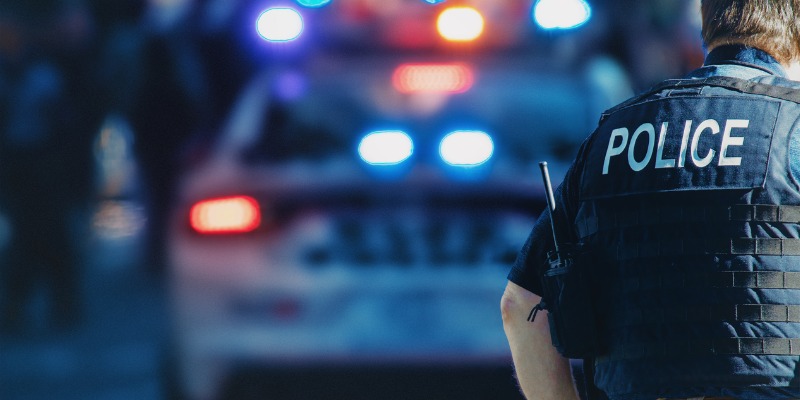Toronto mayor eyes police budget cuts while crime rises

Olivia Chow just delivered her first budget as Toronto’s mayor, to be voted on by city council on Feb. 14, but it’s clear her priorities aren’t straight. Her budget calls for a 9.5 per cent residential property tax hike. Mercifully, it’s slightly less expensive than the 10.5 per cent recommended by city staff, but still a severe burden on taxpayers that compounds the 7.0 per cent increase last year. And it’s something Torontonians suffering an affordability crisis can ill afford.
The big tax hike is the result both of shoddy financial planning at city hall that tends to exaggerate financial needs, triggering an annual tax grab panic, and the refusal to reduce spending where there’s clear excess. Case in point, restricting infrastructure construction bids to certain unionized companies instead of allowing for competition means taxpayers overpay for construction by an estimated $347 million annually with zero compensating benefit.
But Mayor Chow does want to restrain spending in one area—police services. City staff’s proposed police budget of $1.174 billion was $12.6 million short of what was unanimously approved by the Toronto Police Services Board, which is composed of Deputy Mayor Amber Morley, two other city councillors, and several others appointed by the city or province.
This shortage was confirmed by Mayor Chow in her budget release on Feb. 1, but her decision to restrain police spending may well have been influenced by her inaccurate perception about the need for police services in Toronto. At the end of December, she proclaimed that over the past year Toronto had become “a safer city.” If there is indeed less crime in Toronto today, that would be some justification for reducing police spending—fewer criminals mean fewer police needed to catch them.
The problem is, Toronto isn’t safer. According to crime statistics published by the Toronto Police Service, major crime increased by 17.6 per cent in 2023. Assaults, which comprise nearly half of the major crime count, rose by 15.1 per cent while auto thefts and breaking and entering, the next two biggest categories, were up 24.6 per cent and 25.4 per cent, respectively. In 2022, there were 71 homicides in Toronto, in 2023 there were 73. Where is the evidence of a safer city?
The longer-term trends, too, show Toronto is less safe than it once was. In 2023, major crime was up 32.2 per cent versus 2018, including 23.7 per cent more assaults and a staggering 152.5 per cent increase in auto thefts. Looking back further, compared to 2014, assaults in 2023 rose 46.6 per cent, auto thefts 235.4 per cent and major crime overall 52.2 per cent.
Finally, crime in Toronto shows no signs of slowing down. On the contrary, through the first four weeks of 2024, the major crime index is up 8.0 per cent versus the first four weeks of 2023, including 13.4 per cent more assaults. Auto thefts so far are down versus a year ago, but offset by a larger increase in breaking and entering. Evidence for Chow’s claim of “a safer city” just isn’t there. Therefore, of the many areas Toronto City Council should look to restrain spending, perhaps the police are not the best place to start.
Author:
Subscribe to the Fraser Institute
Get the latest news from the Fraser Institute on the latest research studies, news and events.

